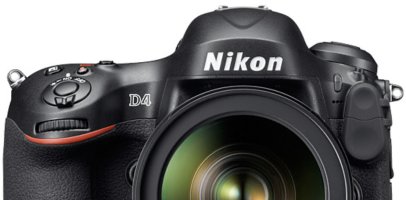For the purposes of this discussion, I'm regarding an "actuation" as a single up or down movement of a shutter curtain, because it is the number of up and down movements that creates wear. Manufacturers may define an "actuation" differently, which is the real point of the discussion. Manufacturers don't specify whether they're talking about EFCS actuations, or MS actuations, so we don't know how many *exposures* they are claiming.
So, I believe the following is correct:
EFCS = 2 actuations per exposure (same curtain closes, exposure, then reopens)
and MS = 4 actuations per exposure (first curtain drops to close, reopens, exposure, first curtain lifts, exposure, second curtain lifts to close, then drops to allow viewing to resume)
.... and of course, ES = zero actuations per exposure
None of that is correct.
In EFCS the first curtain is already open at the bottom. (It is never open at the top. The highest it goes is to cover the sensor. Only the second curtain is ever open at the top. It never goes lower than covering the sensor.)
The sensor is cleared without any curtain actuation, then energized sequentially line by line from bottom to top. (To the best of my knowledge, ALL Canon sensors read out bottom to top, which is top to bottom of the inverted image projected by the lens. They do this because televisions and other video screens scan from top to bottom.)
The only shutter movement is the first curtain moving up from the bottom to close at the end of exposure, the sensor being read out, then the first curtain moving back down to the bottom. The second curtain remains stored above the top of the sensor the entire time. The first curtain moves one cycle (close, then reopen). The second curtain never moves at all.
With full mechanical shutter in Live View or with a mirrorless Canon camera the sequence is:
First curtain moves up to cover sensor - sensor is cleared and reenergized
First curtain moves down to uncover sensor
Second curtain moves down to cover sensor
Sensor is read out
Second curtain moves up to uncover sensor
Sensor resumes streaming video to EVF/LCD
Each shutter curtain moves one complete cycle: once to close and once to reopen.
Manufacturers have always defined one actuation with DSLRs and the film SLRs that preceded them as
one complete cycle beginning with the second curtain open above the sensor/film, and the first curtain covering the sensor with the mirror assembly down. In the mechanical shutter days both the second and first curtains weren't reset until the shutter was cocked, usually by the same movement of the film advance lever that advanced the film. Even early electronically controlled mechanical shutters used electro-magnetic motors to open the first curtain, then close the second curtain but still used springs to return the curtains to their pre-exposure positions.
The sequence for SLRs/DSLRs:
Mirror swings up out of the way - when fully up a detector (via either mechanical linkage or electronics) sends a confirmation signal to allow the shutter to actuate
First curtain moves down to uncover sensor/film and begin exposure
Second curtain moves down to cover sensor/film and end exposure
Second curtain remains closed until [digital only - the sensor is read out and] the mirror is almost all of the way down
Second curtain moves up to uncover the sensor as the first curtain chases it up [digital only - with a very narrow slit open] to cover sensor/film. (Not having the two curtains in contact with each other when resetting can extend the life of the same shutter construction in digital cameras significantly.)
You're insisting on counting each movement of anything as an actuation. That's about like insisting that an internal combustion engine's speed should be counted by the number of times any of the pistons reach TDC plus the bottom of their stroke instead of each complete rotation of the crankshaft. Or maybe by each time each of the who-knows-how-many intake and exhaust valves open, then again every time each of those valves close.
Me too, that's why I have perfected the art of smuggling toys! Luckily for me most RF L prime lenses look pretty similar one to another apart from minor size differences...
Otherwise the SWMBO wouldn't be best impressed.

